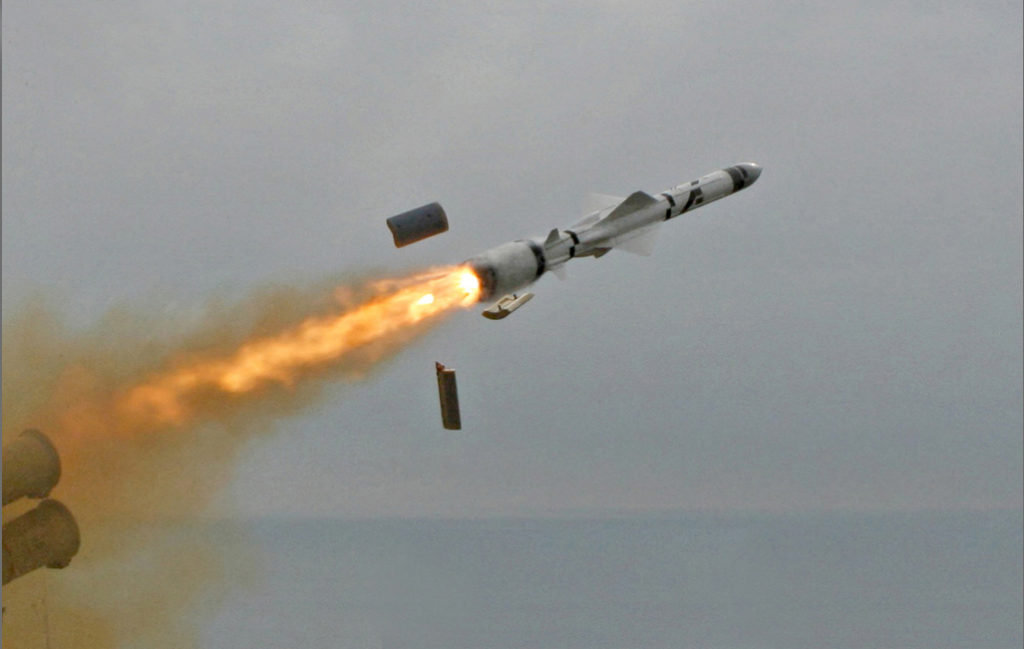In the past few days, the situation in the region has escalated rapidly following the attack by Hamas against Israel and Tel Aviv’s response. As various geopolitical actors jockey for influence and control, the threat of conflict and the potential for military confrontations have risen.
In response to the growing tensions in the region and to prevent Iranian intervention in the conflict, the United States has decided to send the USS Gerald Ford aircraft carrier and its Carrier Strike Group to the eastern Mediterranean. The ships are cruising southwest of Cyprus but are not approaching the Israeli coast, why?
One significant concern that has garnered attention in defense circles is the existence of Hezbollah’s anti-ship missiles and their potential impact on naval operations in the region.
One of the threats that the Ford CSG is likely keeping in mind is the existence of Hezbollah's anti-ship missiles. To my knowledge, Hezbollah has Iranian-made Noor (aka C-802) and Russian-made Yakhont anti-ship missiles, with ranges of 120km and 300km respectively. https://t.co/AHqy9Q4IYN pic.twitter.com/D41APpHeMY
— Amelia Smith (@ameliairheart) October 15, 2023
Hezbollah, a Shiite political and military organization based in Lebanon, has long been considered a formidable non-state actor in the Middle East. Its influence and capabilities extend far beyond the borders of Lebanon, making it a significant player in regional conflicts. One of the key components of Hezbollah’s arsenal is its anti-ship missile systems.
Two prominent anti-ship missiles are often associated with Hezbollah: the Iranian-made Noor (also known as C-802) and the Russian-made Yakhont. These missiles pose a considerable threat due to their range and potential to target naval vessels.
The Iranian-Made Noor (C-802)

The Noor anti-ship missile is a product of Iran’s military industry. It is known for its range of approximately 120 kilometers. This capability allows it to target naval assets at a significant distance from the shore. The missile is versatile, capable of engaging a variety of targets, including ships, and has the potential to cause significant damage.
The Russian-Made Yakhont

The Yakhont, also known as the P-800 Oniks, is a more formidable anti-ship missile in Hezbollah’s arsenal. This missile is of Russian origin and boasts a range of around 300 kilometers, significantly extending the reach of Hezbollah’s naval threats. The Yakhont is known for its supersonic speed and advanced targeting capabilities, making it a formidable weapon in the hands of Hezbollah.
Implications for the Ford Carrier Strike Group
The Ford Carrier Strike Group (CSG) is a critical component of the United States Navy’s power projection capabilities in the Middle East and beyond. Comprising the aircraft carrier USS Gerald R. Ford (CVN-78) and a complement of escorts and support ships, the CSG provides a significant naval presence in the region.
The existence of Hezbollah’s anti-ship missiles, particularly the Yakhont with its extended range, raises concerns for the Ford CSG. While the U.S. Navy’s capabilities are technologically advanced and formidable, no naval asset is impervious to the threat of anti-ship missiles. The potential consequences of such an attack on a carrier strike group are serious, including the loss of valuable assets and the potential for escalation of regional conflicts.
To avoid any risk, therefore, US units are sailing beyond the range of Hezbollah’s missiles. However, this does not in any way reduce the CSG’s ability to counter a possible attack on Israel from Tehran.













Leave a comment